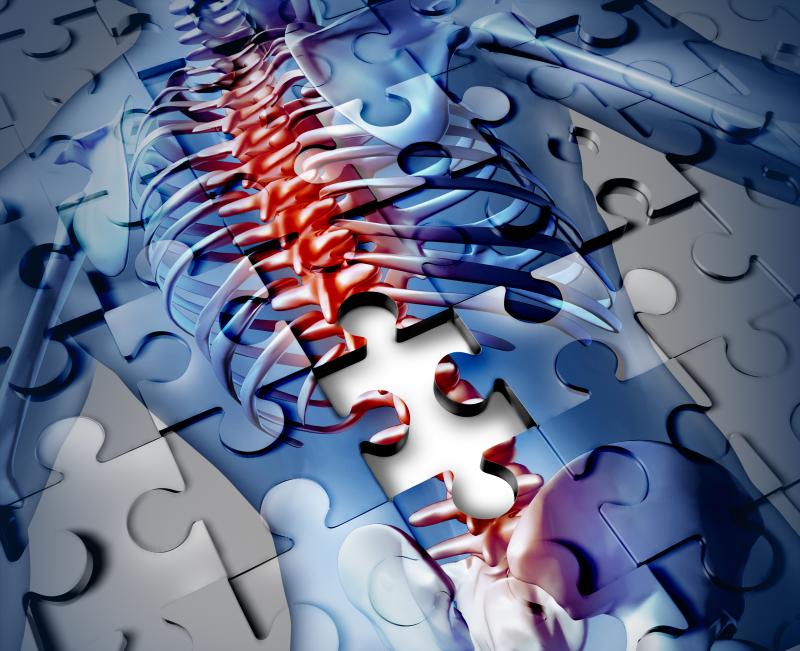
Delays in injections of denosumab lead to suboptimal bone mineral density (BMD) response at both spine and total hip, results of a recent study have shown.
Electronic medical records from two academic hospitals from 2010 to 2017 were used to examine the association between delayed denosumab infections and BMD change. Patients aged >45 years who used at least two doses of 60-mg denosumab were included in the analysis.
Medication coverage ratio (MCR) was utilized to assess adherence to denosumab. Good adherence was defined as a dosing interval ≤7 months (MCR ≥93 percent), moderate adherence an interval of 7–10 months (MCR 75–93 percent), and poor adherence an interval ≥10 months (MCR ≤75 percent).
Annualized percent BMD change at the lumbar spine, total hip and femoral neck from baseline was the primary outcome.
A total of 938 denosumab injections among 151 patients (mean age, 69 years; 95 percent female) were identified. Good adherence among patients resulted in a 3.9-percent annualized BMD increase at the lumbar spine compared with 3.0 percent for moderate or 1.4 percent for poor adherence (ptrend=0.002).
In addition, those with good adherence showed a 2.1-percent annualized BMD increase at the total hip compared with 1.3 percent for moderate or 0.6 percent for poor adherence (ptrend=0.002).
“Discontinuation of denosumab leads to a rapid reversal of its therapeutic effect,” the authors said. “Strategies to improve the timely administration of denosumab in real-world settings are needed.”